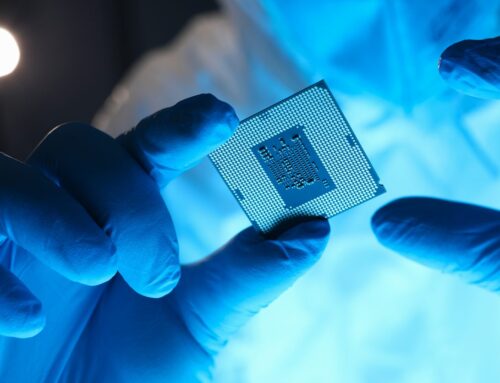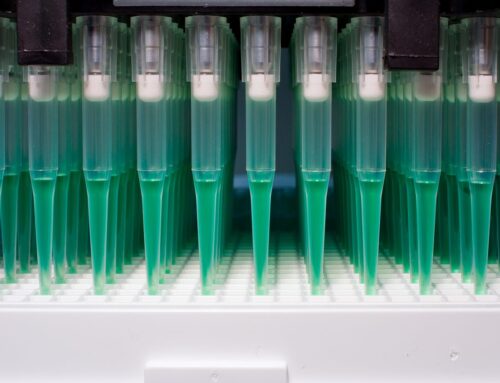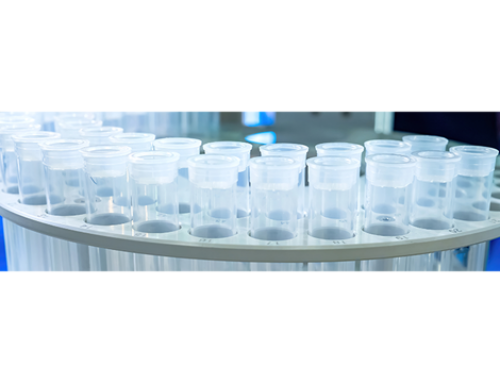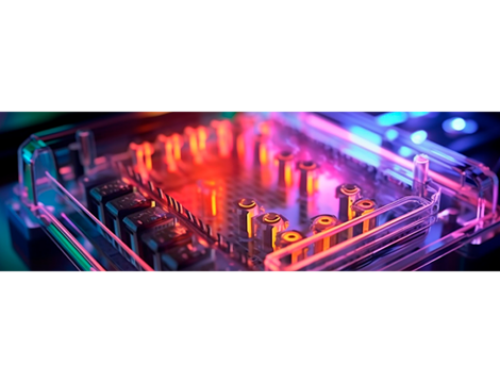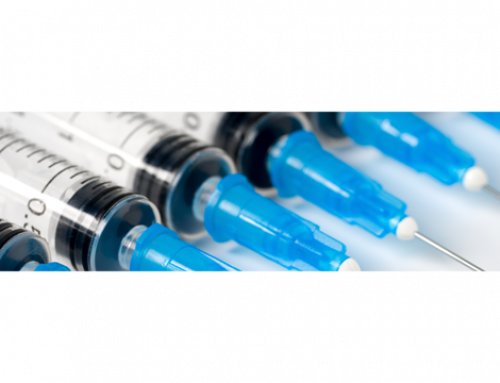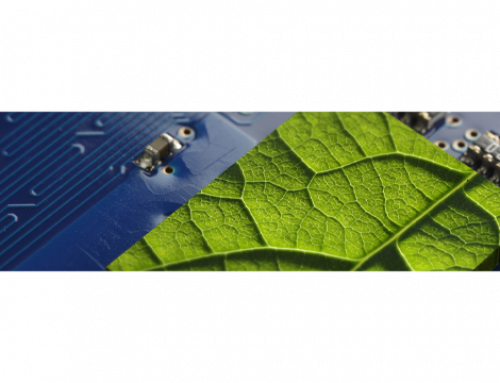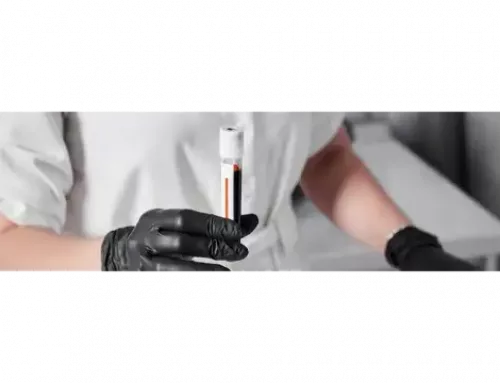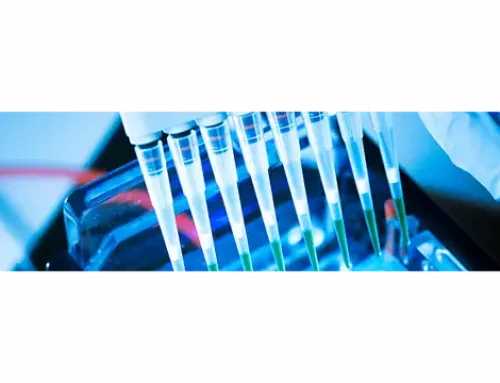Medical plastic injection molding has continuously evolved in parallel with the broader plastics industry. As more and more advanced materials are synthesized and fabrication technologies such as injection molding, micro-machining, and additive manufacturing become more effective and efficient, manufacturers are finding better ways to build the medical devices and equipment medical professionals rely on every day to provide excellent patient care and improve healthcare outcomes.
Let’s explore some of the new materials changing the way medical devices are manufactured today:
Material Advancements in Medical Injection Molding
Since many polymers are easy to sterilize, they frequently find use in medical devices. As new thermoplastics are synthesized with beneficial material properties, medical device manufacturers find new uses for them in their products to improve biocompatibility, longevity, flexibility, or resistance to extreme conditions.
A few of the new plastics and polymers revolutionizing medical precision molding today include:
PC (Polycarbonate)
Polycarbonate is a transparent polymer with excellent impact resistance, making it especially suitable for surgical lenses, optical components, and clear windows for medical instruments where optical clarity is essential.
COC (Cyclic Olefin Copolymer)
Like polycarbonate, COC is a transparent polymer that provides excellent optical clarity. Its other properties, though, make it useful for many applications where polycarbonate would not be.
COC has excellent chemical resistance, low moisture absorption, and is biocompatible, making it an ideal material for microfluidic devices and diagnostic components.
PEEK (Polyetheretherketone)
Strength, chemical resistance, and biocompatibility are all desirable material characteristics for injection-molded orthopedic implants, spinal cages, and surgical instruments, making PEEK an especially desirable new advanced injection molding material. PEEK also offers stability at high temperatures and excellent radiation resistance, making it especially easy to sterilize.
PHAs (Polyhydroxyalkanoates)
The issue of medical waste is promoting a surge of interest in biodegradable and sustainable medical devices, equipment, and materials. PHAs, unlike most synthetic thermoplastic resins that are derived from fossil fuels, are produced from organic materials such as plant sugars or vegetable oils. As a result, medical devices made from this material will biodegrade into harmless natural byproducts.
Thanks to biodegradable PHAs, the medical device market can feed the healthcare industry’s growing demand for disposable medical devices that, when disposed of correctly, will break down after use instead of contributing to healthcare waste.
Advanced Techniques for Precision Medical Molding
In a previous article, we took a brief look at the entire history of medical precision molding, from its early adoption in the 50s and 60s to the present day. Medical plastic injection molding has come a long way over the past decades. Now, advanced techniques such as micro injection molding, liquid silicone rubber molding, and two-shot molding continue to expand what medical injection molding is capable of accomplishing.
Micro Injection Molding
Miniaturization is a sizable driver of innovation in medical devices. From microfluidic chips to medical imaging device components to sample collection mechanisms within biopsy devices, the smaller you can fabricate, the better. Using the latest in high-precision injection molding machinery, manufacturers can achieve tight tolerances on the micrometer scale for extremely small parts.
With micro injection molding technologies, manufacturers can count on miniaturized medical devices that require precise dimensions, complex geometries, and tight tolerances to be manufactured consistently down to the smallest details.
Micro medical device injection molding reduces the need for post-processing, cuts down on material waste, and ensures that injection molded products provide reliable performance for healthcare professionals and patients while meeting strict regulatory standards.
Liquid Silicone Rubber Molding
Silicone elastomers are especially useful materials for injection molded medical devices where flexibility is as important as durability and biocompatibility. By injecting liquid silicone rubber into a mold, manufacturers can create extremely flexible products with complex shapes and features, such as seals and gaskets for medical equipment, which will be durable and resistant to extreme temperatures.
Liquid silicone rubber molding simplifies and streamlines the production of flexible medical products and devices, such as seals and gaskets for respirators and infusion pumps, CPAP and ventilator masks, wearable medical devices, dental trays and mouth guards, and custom-molded hearing aid components. For flexible medical products that need to conform to an individual’s body, this molding process offers precision and comfort in custom medical injection molding.
Two-Shot Molding
By using two-shot molding techniques, manufacturers can streamline the production of complicated medical device components that utilize multiple materials or colors.
Normally, to produce handles, grips, seals, and other devices and equipment in which different sections of the object require different material properties, manufacturers must run multiple mold cycles using two or more injection molds and assemble the parts afterward. Two-shot molding drastically simplifies this production process by enabling manufacturers to use multiple materials, or materials in multiple colors, in a single injection mold and a single molding cycle.
This technique is especially useful for injection molded medical devices such as syringe plungers, handle grips, catheter components, dental products, ophthalmic devices, and drug delivery devices. Overall, two-shot molding makes medical device injection molding simpler and more cost-effective by removing assembly steps from the manufacturing process.
Take Medical Precision Molding Further
With decades of cutting-edge injection molding expertise and state-of-the-art equipment, Vantiva Precision BioDevices leads the way in bringing precise, complex medical products to life. As a strategic manufacturing and design partner, we’re here to help you blaze a trail through the crowded and competitive medical device market. Contact our engineers today to get started.

